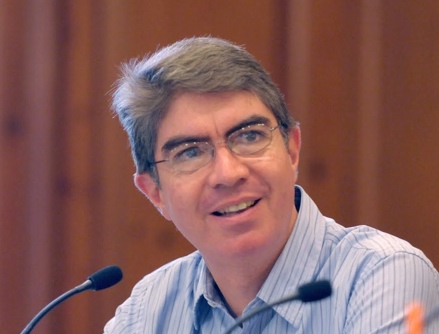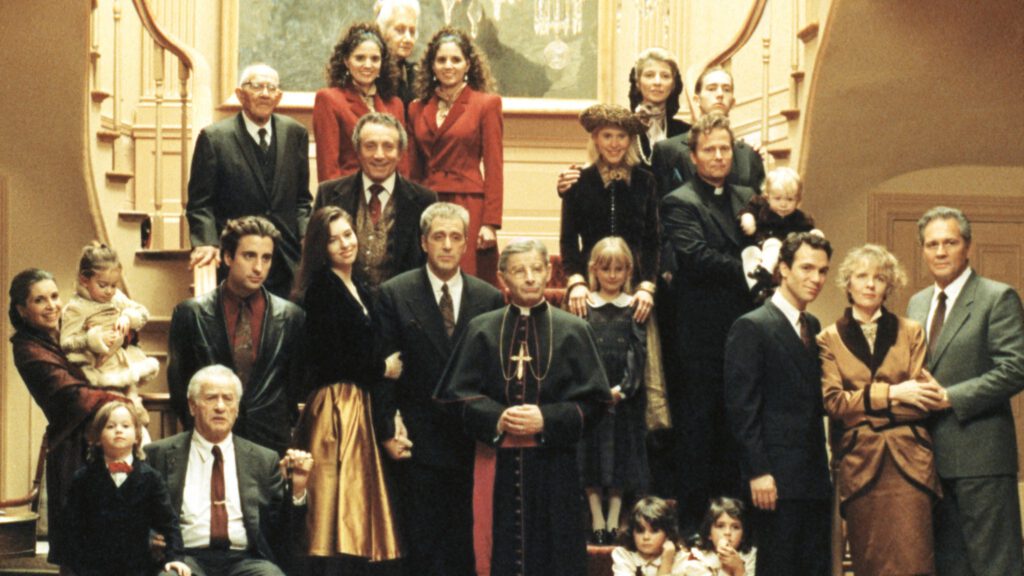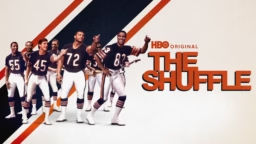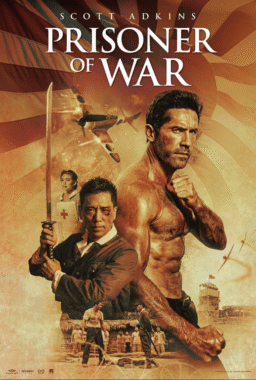I consider “The Godfather, Part III” the ultimate “what if?” of motion pictures. It’s clearly not at the same level as its predecessors, but it could have been a masterpiece if not for a few surmountable glitches. What if a more experienced actress was cast in the pivotal role of Michael Corleone’s daughter? What if Robert Duvall had agreed to reprise his role as Tom Hagen (my favorite character in the series)? What if Francis Ford Coppola had been given more time to develop the project? This third entry of the series still feels like unfinished business after all these years, and Coppola seems to agree. His new edition comes with the title he wanted to give the film all along: “The Godfather Coda: The Death of Michael Corleone.”
The third movie in the “Godfather” saga deals with Michael’s last shot to take his family away from the world of crime. But fate and circumstance pull him back in, as he ends up paying the steepest of prices in what director Coppola once described as “the nightmare of nightmares.”
The first thing to say about “Coda” is that represents the exact opposite approach to Coppola’s own “Apocalypse Now /Redux” re-release from years past. Instead of aiming to bolster and enrich his film with previously deleted scenes, Coppola simply repositions some of them and takes out several lines from what is the most dialogue-laden, least contemplative entry in his trilogy. As a result, he hurries the pace and gets to the point quicker, a strategy that works well with the Immobiliare Corporation takeover (the MacGuffin and least interesting part of this feature). But Coppola inexplicably eliminates some memorable moments and lines as well (“Name the person and I will name my price,” or “You were so loved Don Tomassino, why was I so feared?”).
The original cut of “The Godfather, Part III” was designed with a similar structure to those of its predecessors. The film opened with a party where the Don in turn would listen to his guests’ requests, and it ended with the murders of several of his enemies. Still, both editions of the third “Godfather” movie have a different feel than Part One and Part Two. The third film is more of a Shakespearean tragedy in which the subtle character reactions of the first two films are a distant memory (just compare Don Corleone’s response upon learning about Sonny’s death to Michael’s when he goes through the same ordeal, or even to that of the woman in Sicily crying hysterically over the murder of Don Tomassino). The plot in the third film is also advanced more by way of dialogue than by the action itself, with a now very talkative Michael Corleone.
Moreover, there is a crucial difference between the third “Godfather” film and its two predecessors. While the main theme for the first two movies was the deep bond between siblings and the occasional deep hate that could arise from them, in this third feature it’s the even deeper love between a parent and a child that fuels the story, forcing Michael to finally try what he always promised: to leave a world he swore never to join but where he always seemed more than a bit comfortable. Maybe Coppola changed the focus with this third film because by then Michael had lost most of those close to him, but it seems to me that Coppola simply tried to make a different movie based on his own life experiences at that point in time.
The film’s weaknesses are the same in both editions. There’s still a lack of believability in how Michael’s son goes from novice singer to leading an international opera ensemble in no more than a couple of months, and there’s still a problem with Mary, as played by Coppola’s daughter Sofia. It’s a part in which any actress, no matter how experienced, would have had her work cut out for her. Sofia had to make a convincing case that Vincent (Andy Garcia) would leave Bridget Fonda in the rearview mirror and risk everything for her. In a nutshell, the audience absolutely had to fall in love with with Mary.
And yet, maybe it was her father’s obvious love for Sofia that allowed him to create such an affecting result, especially with the film’s conclusion. The best sign of how well the third film works is that despite all of its flaws, the love that Coppola bestows on his own daughter through his alter ego (Michael) is palpable throughout. This is as heartfelt work as any the director has ever done, one that could only have be made by someone who has loved and lost deeply.
Coppola’s new edition is a less meandering film, but it still doesn’t always makes sense. In one minute Michael is laying on his hospital bed, but in the next we see him arriving in Sicily. It’s only our familiarity with the movie that saves us from getting completely lost. What’s odd about this new version is that Coppola doesn’t even take the opportunity to fix some things that were wrong with his original cut. That includes some truly awkward love scenes and a couple of serious continuity problems, like the moment early on when Michael offers Kay a piece of cake minutes before such is actually cut, or the sequence halfway through when his son Anthony is shown carrying the drawing he gave his father as a child, only for Coppola to share the moment when Michael actually hands it to him a good while later. The only real addition to this new edition comes during the stabbing of Don Lucchesi: a previously unseen blood geyser, in what was already the movie’s most absurd scene, especially when considering that his murderer had plenty of more believable weapons at his disposal than a standard pair of glasses.
“The Godfather Part III” has always suffered from the comparisons to its predecessors, two of the finest motion pictures ever made, but it fares rather well on its own. It was an inspiring idea for Coppola to include a scene where Michael seizes the opportunity to confess the sins that the audience had been carrying along with him for 16 years; it’s a truly cathartic moment for everyone, one of the most emotional in the whole series. It was also inspired to design Michael’s death scene so similarly to his own father’s, a simple and peaceful way for both men to die after leading such tumultuous lives. But it makes no sense whatsoever that Coppola chose to take out Michael’s passing in a new edition titled “The Death of Michael Corleone.”
While “The Godfather Coda: The Death of Michael Corleone” does have a quicker pace than the original edition, its biggest flaw is Coppola’s inexplicable decision to butcher his film’s wonderful, poignant final sequence. It’s perhaps the best moment from the original release, one that perfectly captured Michael’s tragedy through the images of the women he loved and lost; here it is supplanted with text that conveys a point we had already grasped two hours before. Overall this new edition is mostly a non-event. For anyone who has never seen the third “Godfather” movie, the original version is the way to go.












